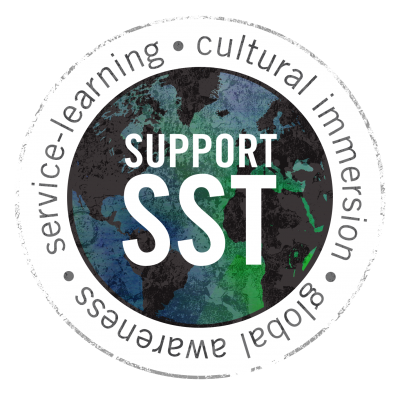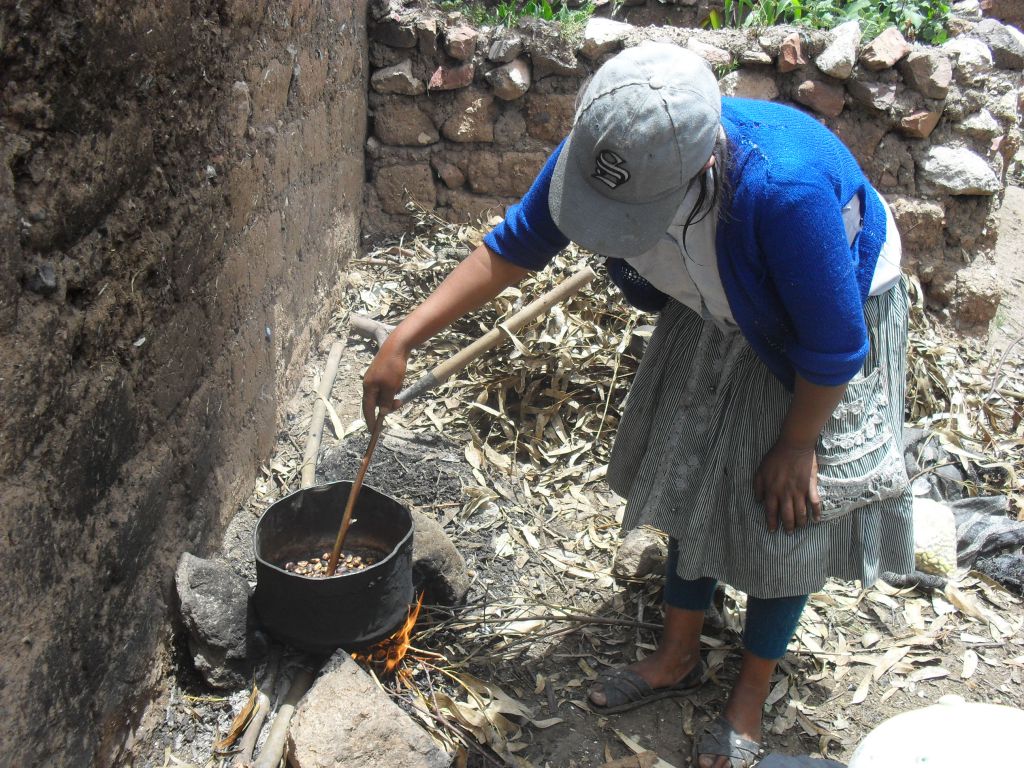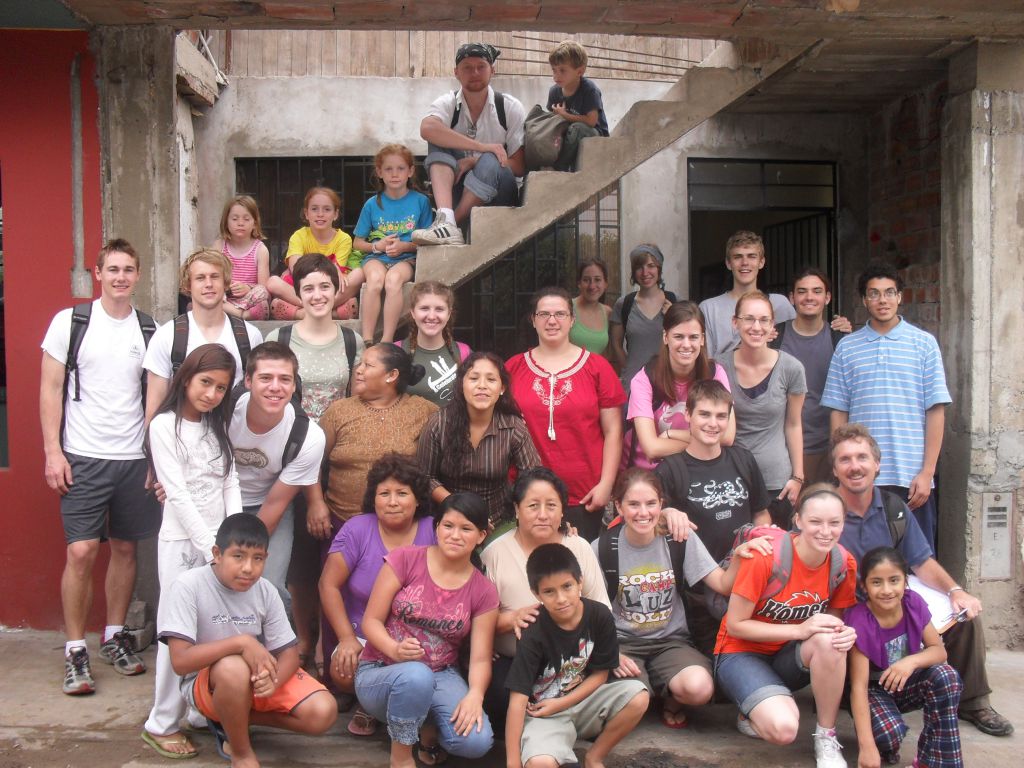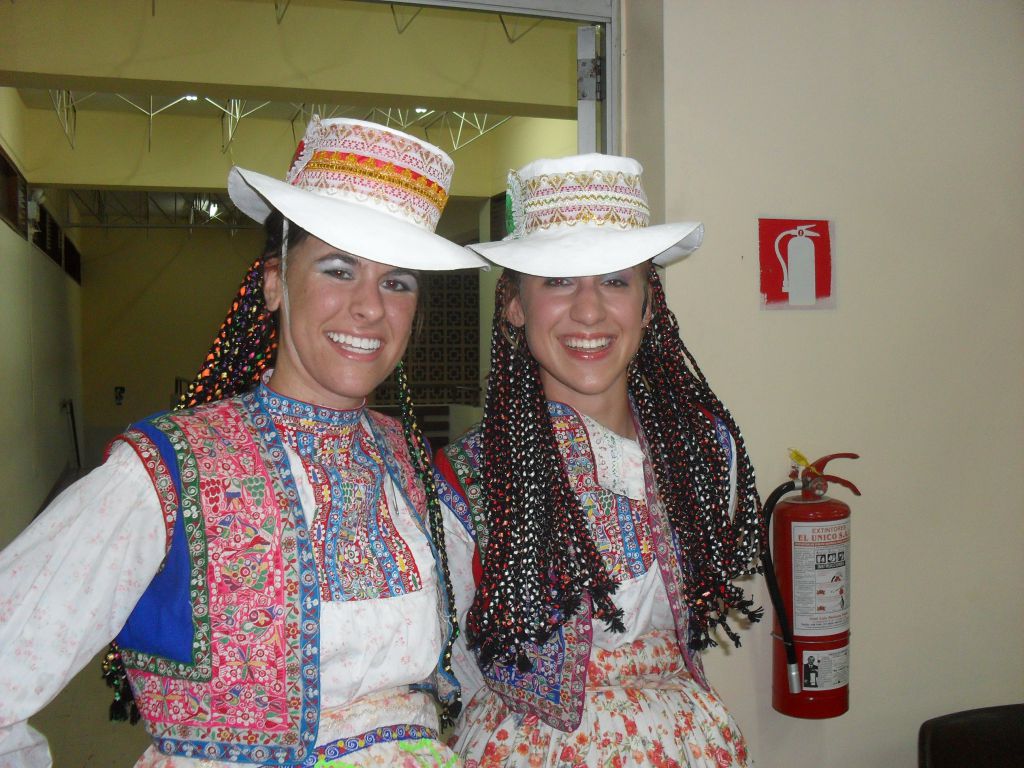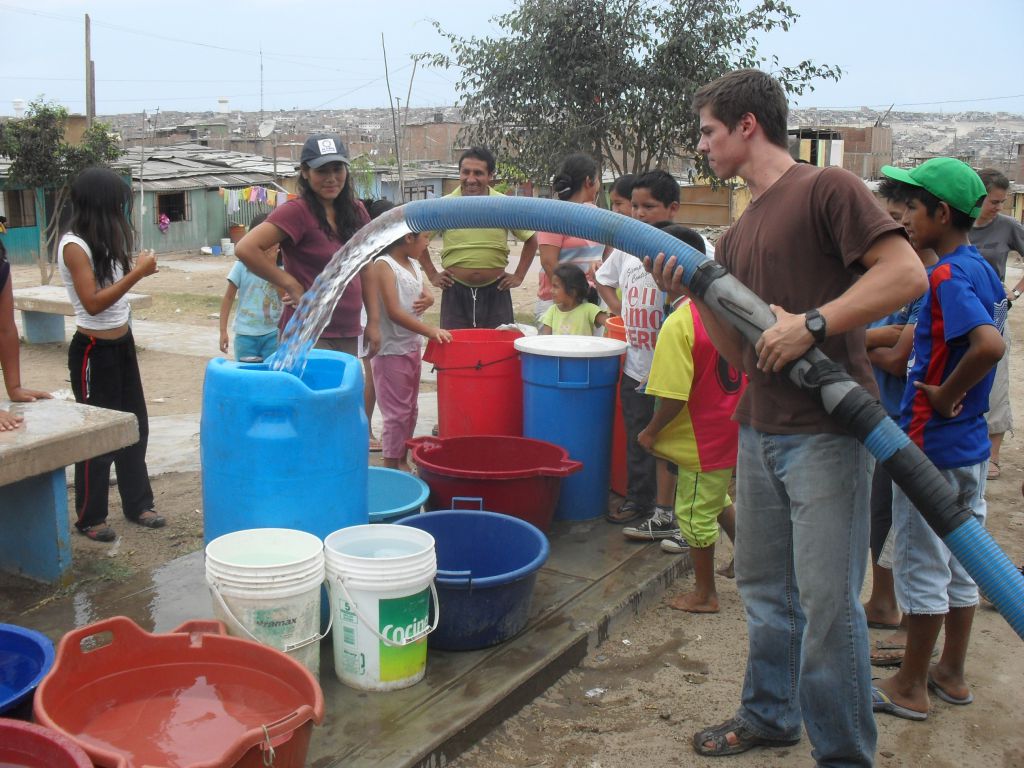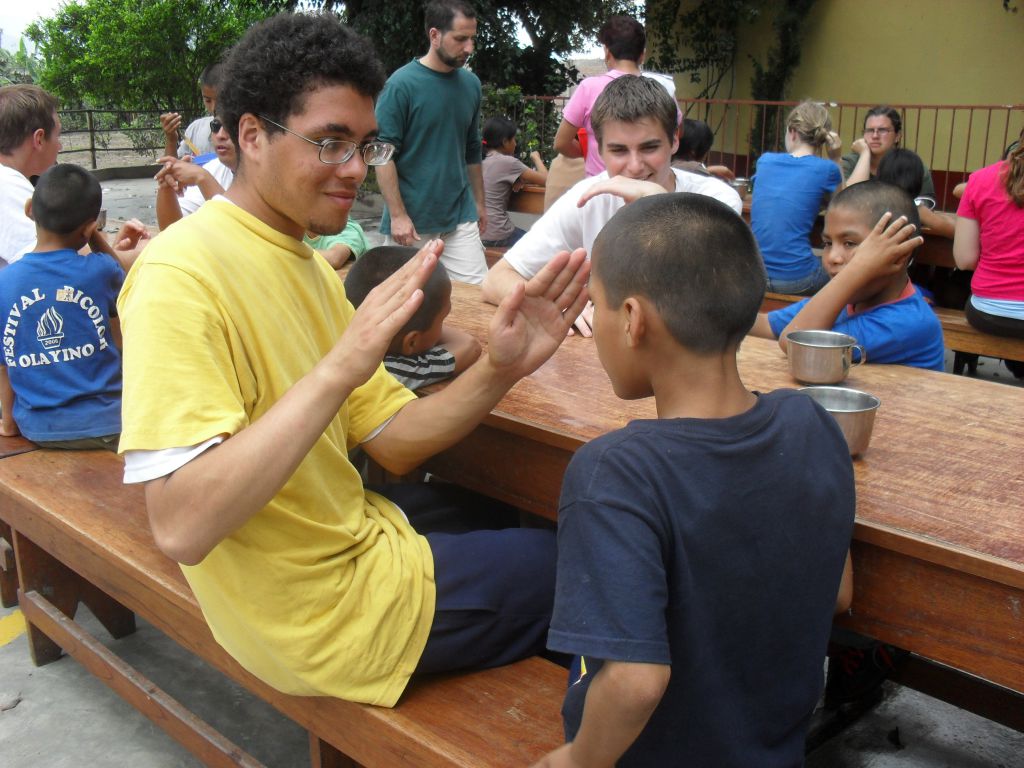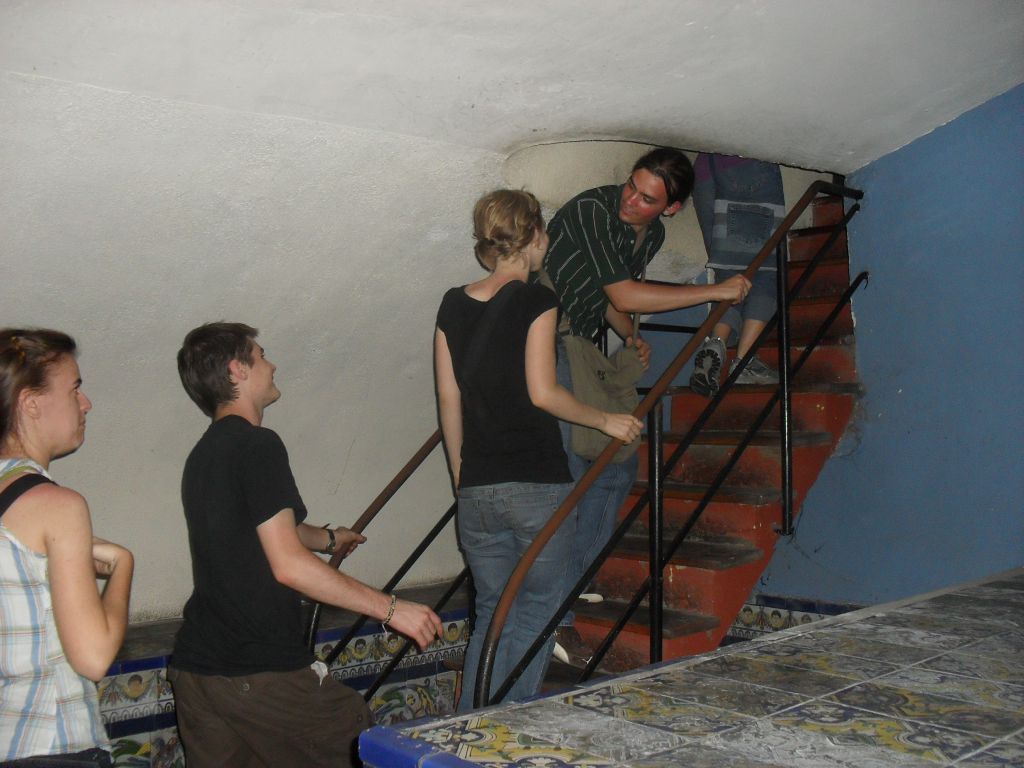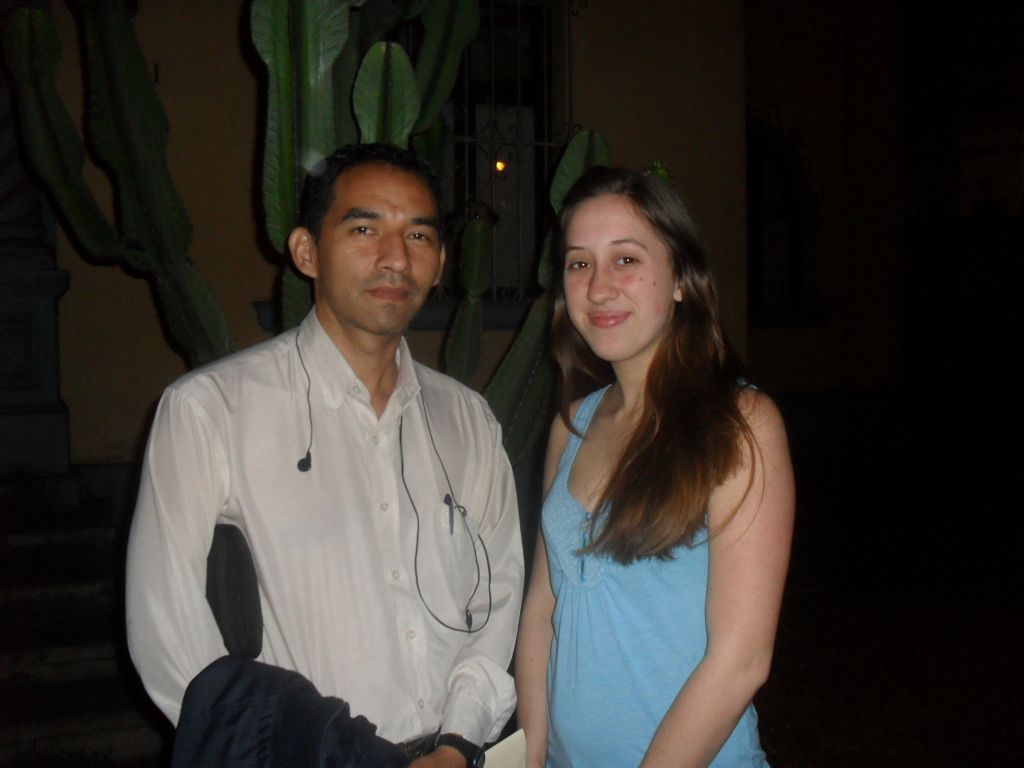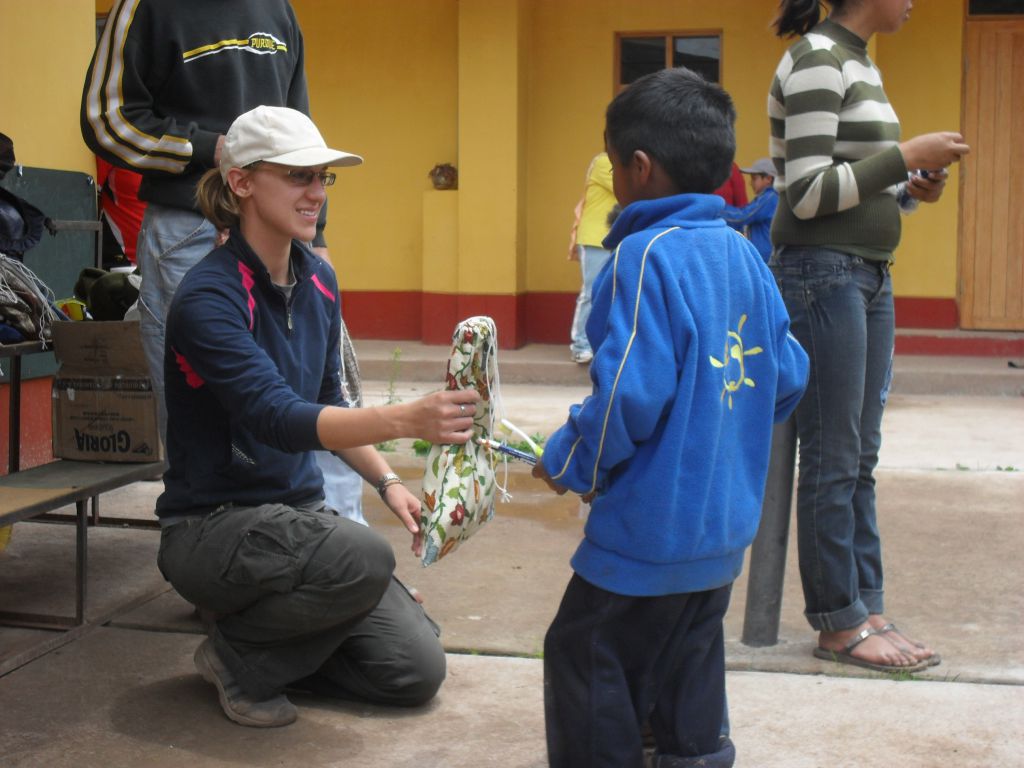

Service in Cusco
Sometimes you just know you are in the right place, at the right time. When heavy rains and flooding in the Cusco area arrived in late January, we were forced to cancel our plans to visit Machu Picchu. But the disappointment this brought was little compared to the devastation suffered by those living in the low-lying areas of Lucre and Huacarpai. From the disaster emerged a new service opportunity for three of our students. Tori, Joe and Jeff are working with pastors and volunteers from the San Jeronimo Mennonite Church to help residents of these farming communities clean up the mess created by the flood. Some days this involves digging. Other days it involves helping to dismantle a destroyed home to salvage building materials or recover valuable contents. And everyday it involves bringing a smile and a sense of hope to the people whose lives have been affected by the unprecedented rains high in the Andes.





